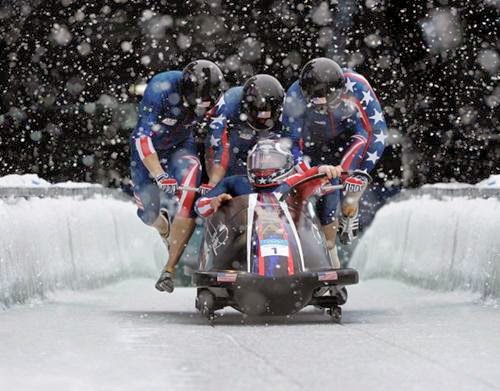 This is called Tynemouth Priory by J.M.W Turner in the year 1822. I think the colours work well with the painting because you get the contract on the strong blue of the ocean to the blue of the soft blue of the sky. I think the composition of the painting works well with the colours by the raging waves and the monument in the background, I also like the ships are reacting with the raging waves I think it's the most interesting thing with this painting.
This is called Tynemouth Priory by J.M.W Turner in the year 1822. I think the colours work well with the painting because you get the contract on the strong blue of the ocean to the blue of the soft blue of the sky. I think the composition of the painting works well with the colours by the raging waves and the monument in the background, I also like the ships are reacting with the raging waves I think it's the most interesting thing with this painting.Turner uses water colours and print making, when I saw the painting I thought the painting was going to be a oil painting but I did a little research and found out it was a water colour painting.
This is where I got my picture from
http://blackburnmuseum.org.uk/wp-content/uploads/2014/03/Tynemouth-Priory-by-Joseph-Mallord-William-Turner.jpg
and this is the website what I got my little bit of information from
http://www.william-turner.org/
This painting is called " The Battle Of Jutland by Charles I like this because they are so much action in this painting with the dark colours of the smoking battleship but the white of the splashing water breaks up the darkness.
I think the composition of this painting works the best by the fact you have different levels of smoke by the light to dark, don't forget about the bomber in the corner makes it amazing by it being in the distance so you don't notice it as much compare to the battleship. This painting was a war memorial to the Darwen corporation, I didn't knew what type of media this was so I looked it up and found out that it was a oil on canvas piece.
This was on the frame of the painting in the Blackburn Museum.
http://www.thepcf.org.uk/artdetective/propose-a-discussion/painting/the-battle-of-jutland
































